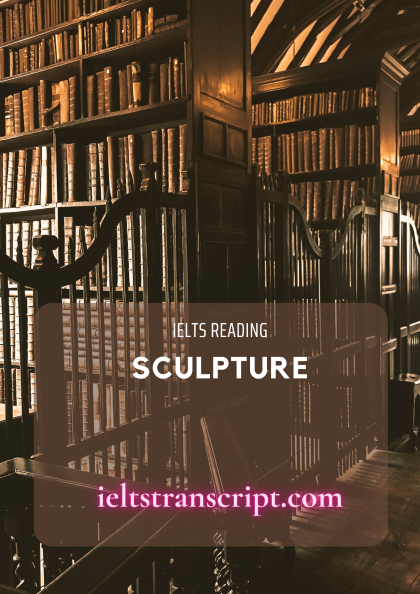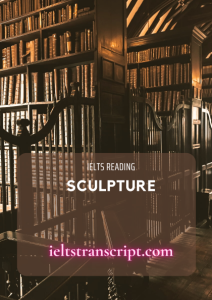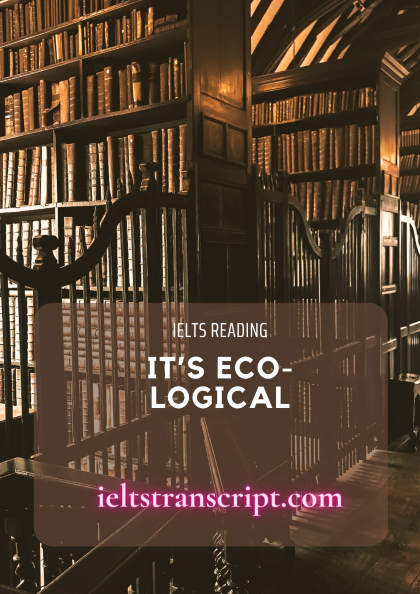- Đối với sản phẩm có giá: Sau khi chúng tôi ghi nhận thông tin đã thanh toán sản phẩm của bạn, sản phẩm sẽ được mở khóa và bạn có thể xem trực tiếp và tải tài liệu sản phẩm.
- Đối với thành viên trả phí: Bạn có thể mua và thanh toán sản phẩm với giá 0đ để tải tài liệu sản phẩm.
- Bạn có thể liên hệ với chúng tôi để được hỗ trợ mở khóa sản phẩm sớm nhất.
SCULPTURE
- Chúng tôi chấp nhận các phương thức thanh toán sau đây: Thẻ tín dụng, thẻ ghi nợ, PayPal, chuyển khoản ngân hàng và tiền mặt.
Chúng tôi sẽ không thu thêm phí cho bất kỳ hình thức thanh toán nào.
- Nếu bạn gặp vấn đề về sản phẩm của chúng tôi trong thời gian sử dụng, vui lòng liên hệ với chúng tôi để được hỗ trợ xử lý sớm nhất nhé.
Xem trước mẫu
ĐIÊU KHẮC
A. Điêu khắc, việc luyện tập để tạo ra một vật thể ba chiều cho các mục đích nghệ thuật và thẩm mỹ, đã có từ xa xưa. Vì các đồ vật được tạo ra nhằm mục đích sử dụng lâu dài, các tác phẩm điêu khắc theo truyền thống đã được rèn từ các vật liệu bền như đồng, đá, cẩm thạch và ngọc bích; tuy nhiên, một số nhánh của nghệ thuật cũng chuyên tạo ra những bức tượng nhỏ có tính chất phù du hơn, chẳng hạn như tác phẩm điêu khắc trên băng. Việc điêu khắc ở nhiều nước có truyền thống gắn liền với triết học tôn giáo; ví dụ, ở châu Á nhiều tác phẩm điêu khắc nổi tiếng có liên quan đến Ấn Độ giáo hoặc Phật giáo. B. Ở châu Phi, có lẽ hơn bất kỳ khu vực nào trên thế giới, tác phẩm nghệ thuật ba chiều được ưa chuộng và chú trọng hơn những bức tranh hai chiều. Trong khi một số chuyên gia cho rằng nghệ thuật điêu khắc ở lục địa này có từ thời Nền văn minh của Nigeria vào năm 500 trước Công nguyên, thì điều này vẫn bị tranh cãi do bằng chứng về sự tồn tại của nghệ thuật ở châu Phi Pharaonic. C. Với con mắt chuyên môn, nghệ thuật châu Phi được xác định rõ ràng theo khu vực mà nó xuất phát và dễ dàng nhận ra sự khác biệt về kỹ thuật được sử dụng cũng như chất liệu mà nó được tạo ra. Các bức tượng từ khu vực Tây Phi được điêu khắc theo hai hình thức khác nhau rõ rệt. Loại thứ nhất được đặc trưng bởi các hình thức và đặc điểm góc cạnh với cơ thể thon dài, những tác phẩm điêu khắc như vậy theo truyền thống được sử dụng trong các nghi lễ tôn giáo. Ngược lại, những bức tượng gỗ truyền thống của nền văn hóa nói tiếng Mande có tay và chân hình trụ với bề mặt phẳng, rộng. Các tác phẩm điêu khắc kim loại xuất hiện từ các khu vực phía đông của Tây Phi, được nhiều người cho là một trong những loại hình nghệ thuật cao cấp nhất từng được chế tác. D. Tác phẩm điêu khắc Trung Phi có thể khó xác định hơn một chút đối với người mới quan sát vì có thể sử dụng nhiều loại vật liệu hơn, từ gỗ đến ngà voi, đá hoặc kim loại. Tuy nhiên, các dấu vết của sét tảng lăn, phong cách sử dụng các đường trơn và hình tròn khác biệt vẫn giúp xác định nguồn gốc của những tác phẩm như vậy. Đặc biệt, ở cả Đông và Nam Phi, nghệ thuật miêu tả sự pha trộn giữa các đặc điểm của con người và động vật. Nghệ thuật từ khu vực trước đây thường được tạo ra dưới hình thức một cây cột chạm khắc hình người và trên cùng là hình ảnh con người hoặc động vật có mối liên hệ chặt chẽ với cái chết, sự chôn cất và thế giới tâm linh. Những sáng tạo như vậy ít được công nhận là nghệ thuật theo nghĩa truyền thống so với những tác phẩm đến từ các khu vực khác của Châu Phi. Ở Nam Phi, các hình ảnh tượng trưng lai giữa người / động vật được tạo hình từ đất sét, những ví dụ cổ nhất được biết đến có niên đại từ 400 đến 600 sau Công nguyên. E. Mặc dù tồn tại những sự khác biệt rõ rệt và hạn chế về khu vực trong biểu hiện nghệ thuật, nhưng cũng có những điểm tương đồng phổ quát xác định nghệ thuật châu Phi nói chung. Một đặc điểm cơ bản chung là tập trung chủ yếu vào việc thể hiện hình dáng con người. Một đặc điểm chung thứ hai của nghệ thuật châu Phi là nó thường được lấy cảm hứng từ một mục đích liên quan đến nghi lễ hoặc biểu diễn; ý nghĩa đằng sau nghệ thuật và mục đích của nó thường được diễn giải theo một cách khác nhau tùy thuộc vào độ tuổi, giới tính hoặc thậm chí địa vị xã hội cũng như giáo dục của một cá nhân. F. Trên khắp lục địa Châu Phi, các tác phẩm nghệ thuật có xu hướng trừu tượng về bản chất hơn là có ý định thể hiện chân thực và tự nhiên về đối tượng được đề cập. Các nghệ sĩ như Picasso, Van Gogh và Gauguin được cho là đã bị ảnh hưởng và được truyền cảm hứng từ nghệ thuật Châu Phi. Khả năng kích thích phản ứng cảm xúc và trí tưởng tượng của nó đã thu hút rất nhiều sự quan tâm của các nghệ sĩ phương Tây vào đầu thế kỷ 20. Kết quả là, các tác phẩm mới của châu u bắt đầu xuất hiện mang tính chất trừu tượng hơn những gì đã hình dung trước đây. Nghệ thuật kích thích trí tuệ và cảm xúc hơn đã được sinh ra so với nền văn hóa trước đây vốn có truyền thống thể hiện, miêu tả hình dạng chủ thể của nó
...Để xem được đầy đủ nội dung và tải dữ liệu, bạn phải trở thành thành viên của chúng tôi và trả phí cho tài liệu (nếu có)












